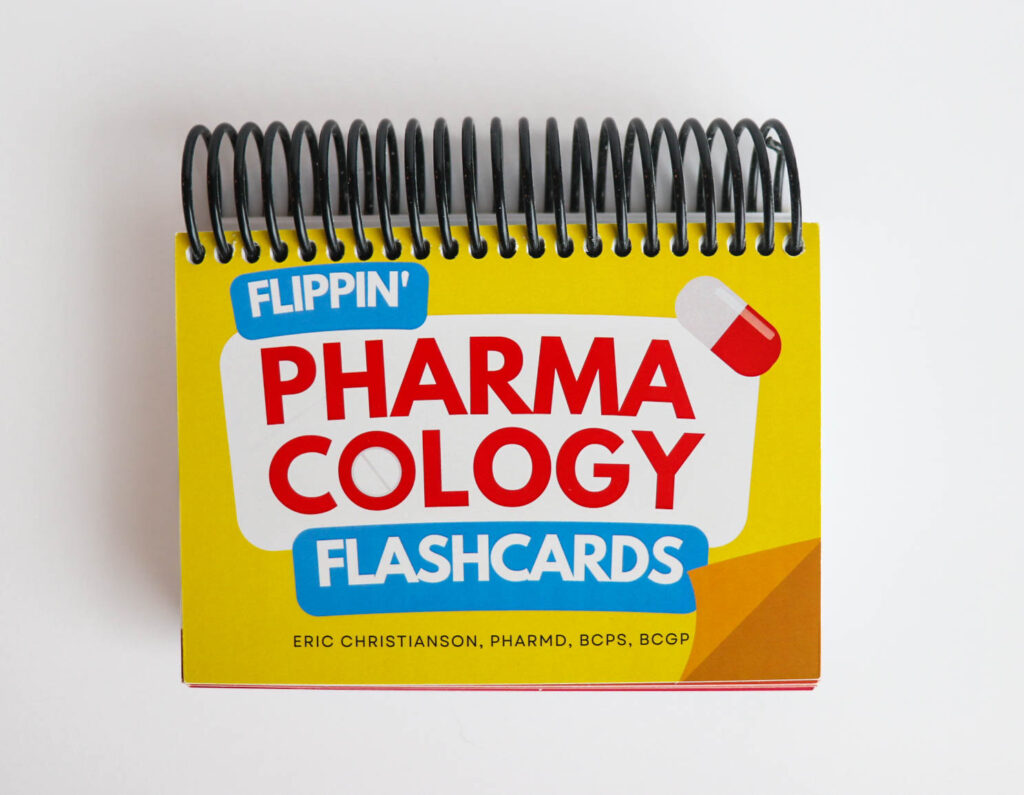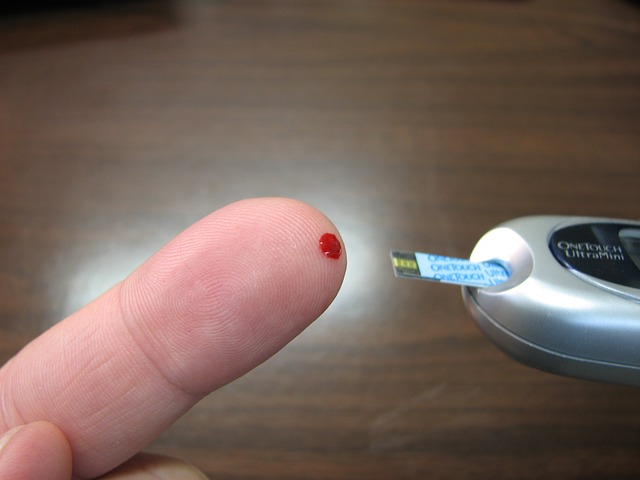Podcast: Play in new window | Download (Duration: 14:08 — 6.5MB) | Embed
On this episode, I discuss quetiapine pharmacology, adverse effects, pharmacokinetics, and drug interactions.
Quetiapine (Seroquel) is a medication seen a fair amount, particularly in the geriatric population where there is psychosis associated with dementia. It is classified as an antipsychotic. Mechanistically it’s going to block dopamine receptors, specifically D2. It also has some serotonin receptor blockade antagonism. It does have other activity as well from a mechanism of action standpoint. There is alpha-blocking activity potentially as well as an antihistamine/anticholinergic type of activity. Uses of this medication are schizophrenia, bipolar disorder with associated mania, miscellaneous psychotic disorders, and Parkinson’s type disease with psychosis. Off-label you may see it used for OCD, or augmentation for PTSD and depression.
There is a boxed warning of increased risk of mortality in elderly/dementia patients. As a class, antipsychotics have extrapyramidal symptoms, metabolic syndrome, anticholinergic activity, QTC prolongation, sexual dysfunction, hyperprolactinemia, neuroleptic malignant syndrome, sedation, fall risk, and potentially a drop in blood pressure as well. With quetiapine, it is important to recognize that antipsychotics can have varying degrees of how much these adverse effects happen and a lot of them are dose-dependent.
There are three important points in comparison to other antipsychotics. Quetiapine is not that great as far as metabolic syndrome risk goes. It’s in the middle of the other antipsychotics. Its extrapyramidal symptoms are better than most, which is why it’s used so often in Parkinson’s. Quetiapine tends to be more sedating than other antipsychotics. This can be helpful when patients are having psychosis worse in the evening or at night.
Metabolic syndrome is something to worry about more in younger patients. The long-term risk of diabetes and hyperlipidemia is going to be a lot higher for them than an 80-year-old using a low dose for dementia-related aggression.
3A4 is a pathway of breakdown for quetiapine drug interactions. With larger food intakes absorption can increase about 15% to 25% and that’s in the area under the curve. This is not something to be very concerned about unless patients change the way they take it.
Quetiapine’s drug interactions are mostly additive effects. Watch out for other sedative drugs such as alcohol, opioids, and benzodiazepines. The same goes for drugs causing QT prolongation. Quetiapine has alpha-blocking activity and an added effect on patients with borderline low blood pressure or at risk for falls. It also mechanistically has a potential antihistamine burden that can play a role in adding on to anticholinergic effects. Then lastly it is metabolized partly by CYP3A4 so there is some potential there for drug interactions. Classic enzyme inducers are St. John’s Wort and carbamazepine which would lower the concentration of quetiapine.
Eric Christianson, PharmD, BCPS, BCGP











